
How To Add Suprematist Art Effects To An Image
Suprematism is a style of art from the early 20th century that uses geometric shapes like squares and circles and is characterized by absolute abstraction. It seeks to express emotion via colour and simplicity rather than tangible objects, highlighting the superiority of sentiment over representational forms. Suprematism painters used geometric forms a lot. The fundamental shapes of this movement are triangles, squares, and circles or any simple shapes devoid of representational significance. There is no physical connection between these shapes and anything. Their goal is to convey a feeling of complete abstraction. Suprematism is all about simplicity. The trend eliminates superfluous intricacy and reduces art to its most fundamental components. Usually consisting just of black, white, red, and other primary colours, the colour scheme is simple. A powerful, striking visual impact is produced by the sharp contrast between colours and forms. Likewise, the suprematist art with its eminent characteristics like simplicity, colour minimalism and abstraction is still prevalent in modern art, designs and even image editing. The artists are employing suprematist themes to remove all distractions, letting viewers focus entirely on the experience of pure form of the visual elements. Various art and image enhancement software are employed for this purpose, which facilitate users with tools that are potent enough to mimic classic art approaches like suprematist art into modern compositions. Here is a step-by-step process.
Step 1: Selecting The Base Image
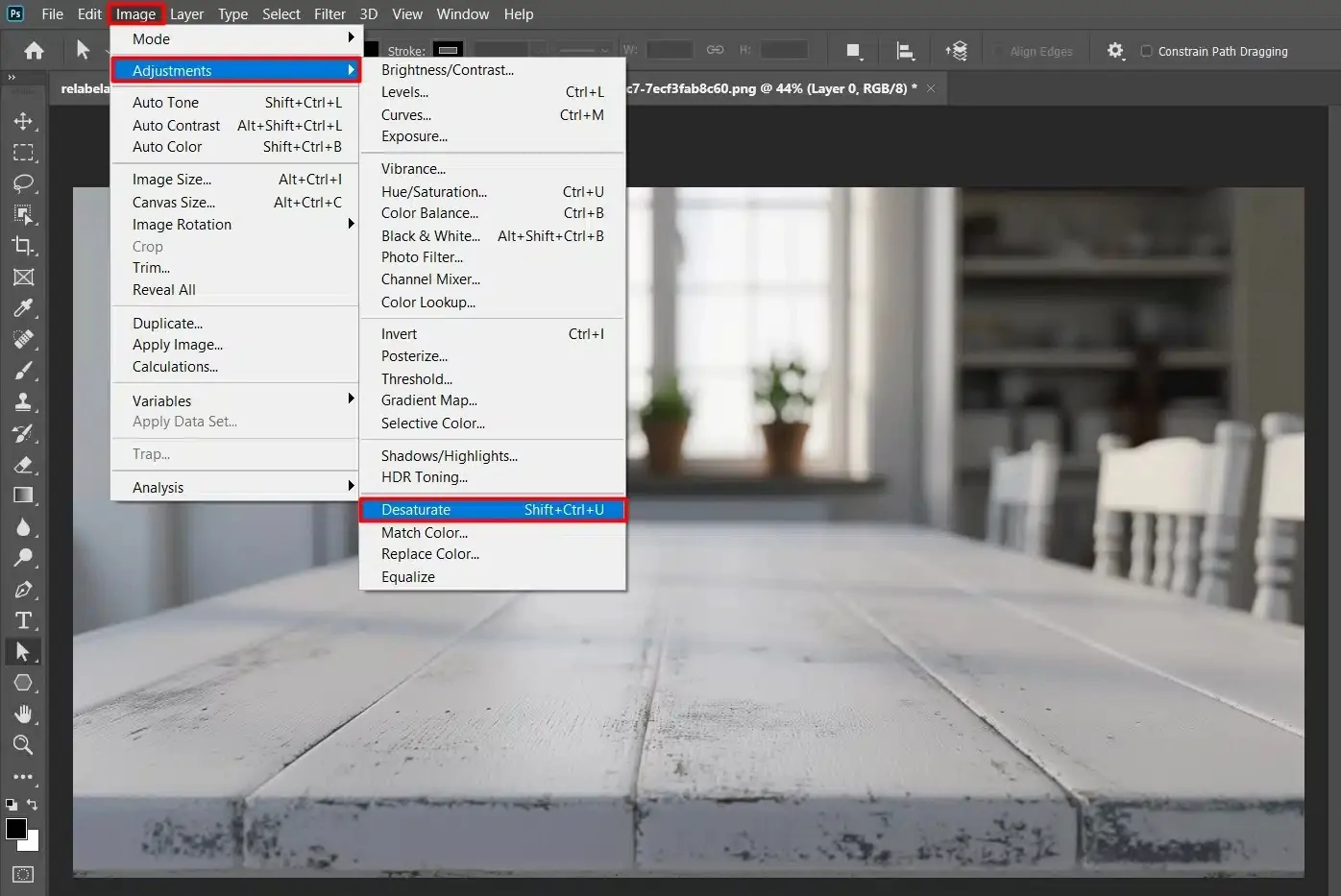
Select a photograph with a solid contrast between light and dark regions. High-contrast pictures permit the geometric shapes to be noticeable and make the abstraction process simpler.
Suprematism usually goes best in monochrome, because it removes any diversions from colour. Utilize your photo editor’s desaturation tool or convert the picture to grayscale to streamline the tonal values.
Boost the contrast of the picture to make dark areas darker and light areas lighter. That can help separate the subject and make a more sensational visual effect.
Selecting a photograph with a solid, clear subject, as complex backdrops or intemperate details can detract from the abstract focus of Suprematism.
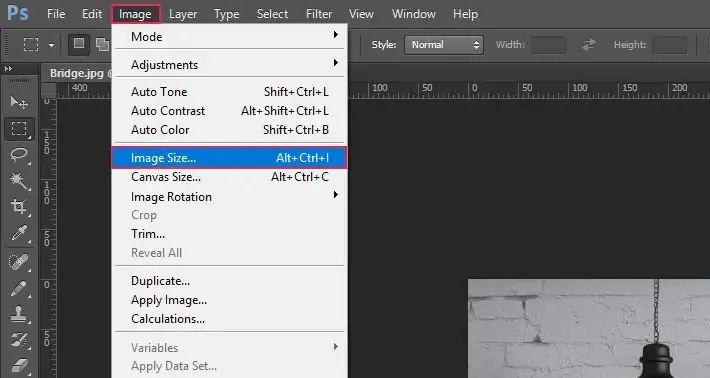
Resize the picture to conform to the specified canvas size. A square or rectangular format regularly performs sufficiently in Suprematist art.
Expel any pointless subtle elements, distractions, or clutter. You can utilize a healing brush or clone tool to clean up regions that do not include the abstract quality of the composition.
Step 2: Simplifying The Layout
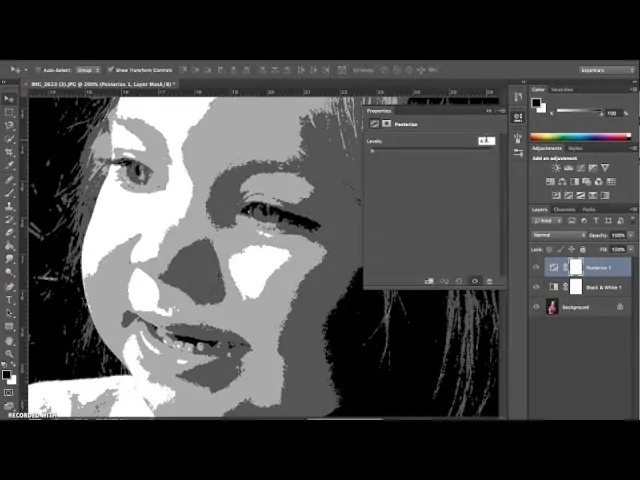
Utilise a posterize filter to diminish the number of colour tones within the picture. It will help break down complex gradients into strong blocks of colour.
The cutout filter can streamline the photo even more by condensing it to fundamental shapes and flat colours. Alter the levels until the image looks simple, with bold ranges of colour.
Utilize a threshold adjustment to convert the picture into immaculate black and white. It will remove any grey ranges, leaving behind strong black and white segments that focus absolutely on the shapes and composition.

Delete any complicated textures or little details that do not contribute to the abstract, geometric impression. Utilize a soft brush or blur tool to dispense with these undesirable components.
Tend up jagged edges and sharp lines, employing a smudge tool or a delicate brush. It will ensure that the picture has a more stylized, graphic appearance suitable for Suprematism.
Flatten the photograph at the end to a single layer to simplify it.
Step 3: Removing The Background

Choose the subject of the photograph employing a Quick Selection Tool, Magic Wand, or Pen Tool. Carefully outline the zone you need to keep and separate it from the rest of the picture.
Once you have selected the subject, utilize the Refine Edge or Select and Mask tool to hone and clean up the selection, specifically around complex edges such as hair or erratic shapes.

After the subject is isolated, you can either erase the background or utilize a Layer Mask to hide it. That step will permit the backdrop to be evacuated without for all time erasing any subtle elements.
If you need to replace the foundation with something simple, utilize a solid colour or gradient to further emphasize the geometric shapes within the following steps.
In case there are any obvious shadows or additional components around the subject, utilize the Clone Stamp Tool or Healing Brush to expel them. A clean subject with no diversions is essential to create a Suprematist effect.
Step 4: Adding Geometric Shapes

Begin by making fundamental shapes like squares, circles, triangles, and lines. These ought to be basic and striking, echoing the abstract standards of Suprematism. Utilize the shape tools in your picture editor to draw them with accuracy.
Organize the shapes in an offbeat way, bypassing symmetry. Overlap and put them at distinctive points to form a sense of movement and visual cohesion. The objective is to break from conventional composition and make a more unconstrained, energetic layout.

Adhere to a little, bold colour palette containing black, white, red, yellow, and blue that are commonly utilized in Suprematist art. Add these colours to your geometric shapes to keep the design cohesive while keeping up a moderate and impressive aesthetic.
Try layering the shapes on top of one another. You can utilize layer opacity or blending modes alternatives to let a few shapes merge with others, producing more depth and complexity within the artwork.
Modify the size and scale of the shapes to create emphasis. Huge shapes can dominate, whereas smaller ones can be used to add harmony and nuanced detail to the composition.
Step 5: Arranging Forms Asymmetrically

Avoid putting components in a flawlessly proportional, symmetrical arrangement. Suprematist art flourishes on asymmetry. Position shapes off-centre or at diverse angles to make a more organic and energetic composition that does not look predictable.
Organize the shapes in a way that drives strain between them. That could be done by overlapping components, utilizing contrasting colours, or situating them close together while leaving large open spaces between others. The transaction of these shapes will attract the viewer’s eye towards the work of art.
Consider utilizing negative space or the empty ranges between the shapes to provide the composition breathing room. The empty regions permit the geometric shapes to be noticeable and strengthen the abstract character of the piece.
Play with diverse orientations of the shapes by rotating or flipping them vertically or on a level plane. It will present an element of development and fluidity, preventing the plan from feeling static.
Layering shapes on top of one another in a non-linear fashion will include profundity and complexity to the picture. Alter the transparency or utilize blending modes to permit the overlapping components to interact and make new visual impacts.
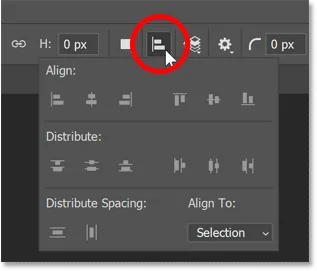
Utilize the placement of the shapes to direct the viewer’s eye over the canvas. Even though Suprematism is non-symbolic, a well-planned composition can still impact how the viewer’s gaze is stirred and focuses on particular ranges of the artwork.
Step 6: Employing A Limited Colour Palette

Adhere to bold essential colours like red, blue, yellow, black and white. These colours were frequently utilized in Suprematist works for simplicity and abstraction. So you will also use them deliberately to let certain shapes pop or to induce visual contrast.
Since suprematism highlights flat, pure colours, you must avoid utilizing gradients or any complex shading strategies. Each shape ought to be filled with a solid, uniform colour to keep up the minimalist aesthetic of the movement.
Put contrasting colours following to each other to develop visual interest. For instance, match black with white, or a striking red shape against a neutral foundation. The contrast between the colours will aid in highlighting the geometric shapes and add to the general impact.
Do not overload the composition with too many diverse colours. Keeping to a small selection will confirm that the photograph remains balanced and in line with Suprematist standards. Generally, a palette containing 3 to 5 colours is adequate to attain balance.
Utilize colour to lead the viewer’s eye toward particular details of the composition. For example, a shining red circle can bring focus to the centre, while a darker colour might subside into the foundation, making a sense of depth.
Experiment with the positioning of the colours. You can position colours near the edges or at the focal points of the picture to create varying levels of visual significance.
Step 7: Finalising the Arrangements
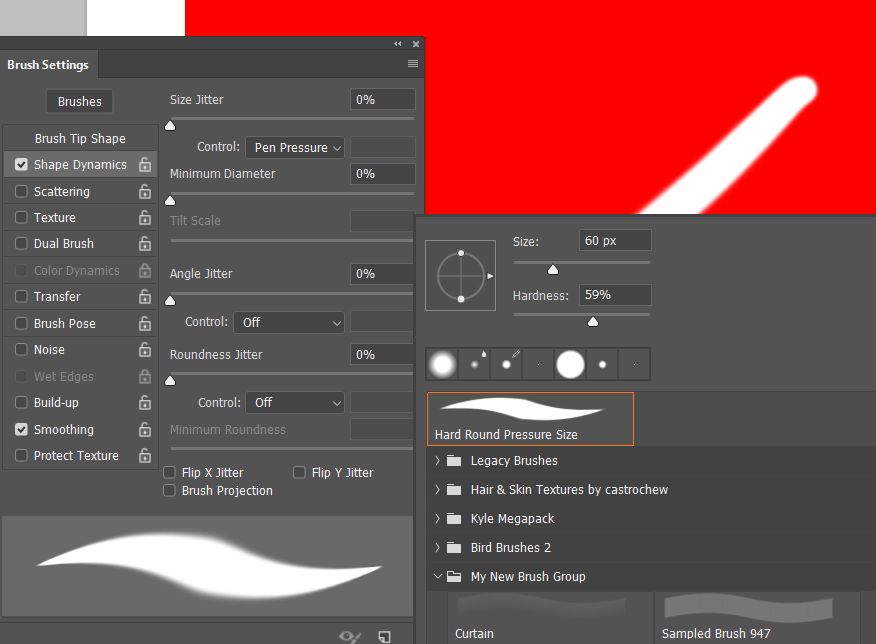
Consider the edges of your geometric shapes to be sure that they are uncluttered and sharp. Utilize the Eraser Tool or a pen tool to expel any frayed or uneven edges. Crisp, defined lines are critical to the minimalist impression in Suprematism.
If you need to provide the photograph with a more tactile appearance, you can include a subtle grain impact or canvas surface. It will allow your design a vintage or hand-crafted touch while keeping up the abstract personality of Suprematism.

Refine the general contrast and brightness of the picture to be sure the colours pop. A little modification here can help improve the intensity of the shapes and guarantee the picture does not show up flat.
Take a break and evaluate the visual balance of your composition to confirm that shapes are well distributed and the expected visual tension is developed. As required, alter the size, position, or colour of shapes to enrich the general symmetry.
After you are satisfied with the design, you can flatten all layers into one. It will guarantee that the photo is unified and prepared for export. If you were employing a layer mask, ensure to apply it before proceeding with flattening.
Save the picture in high-resolution formats such as PNG or TIFF to protect quality. In addition, you can save a duplicate in PSD format if you intend to make any future changes.
Conclusion
In summary, adding suprematist art effects to an image simplifies the layout by removing unnecessary or distracting elements and giving more emphasis to the critical ones. Instead of referring to specific social ideas, suprematist art invites the viewer to contemplate the simplest and minimal visual settings and develop their own creative thoughts. In a way, the suprematist compositions infuse reality with abstraction. The main subject or objects of the images are surrounded or overlapped by random geometric forms, thus creating a strong emotive influence and building some visual tension. Ultimately, though the image simplifies, it still gives an intricate impression.



